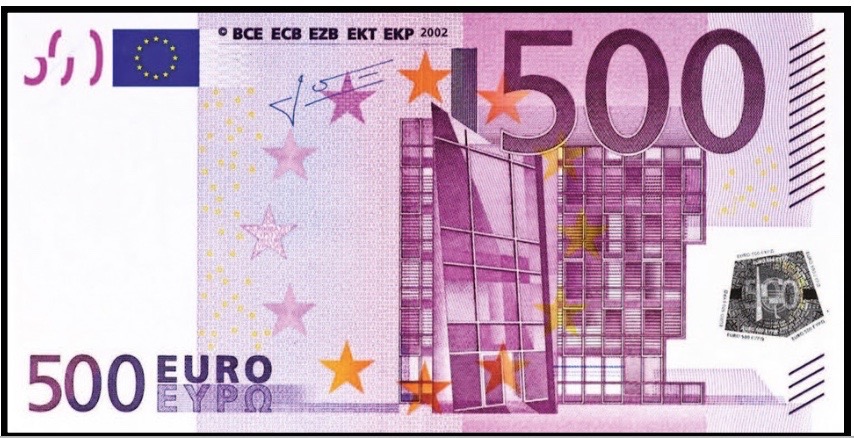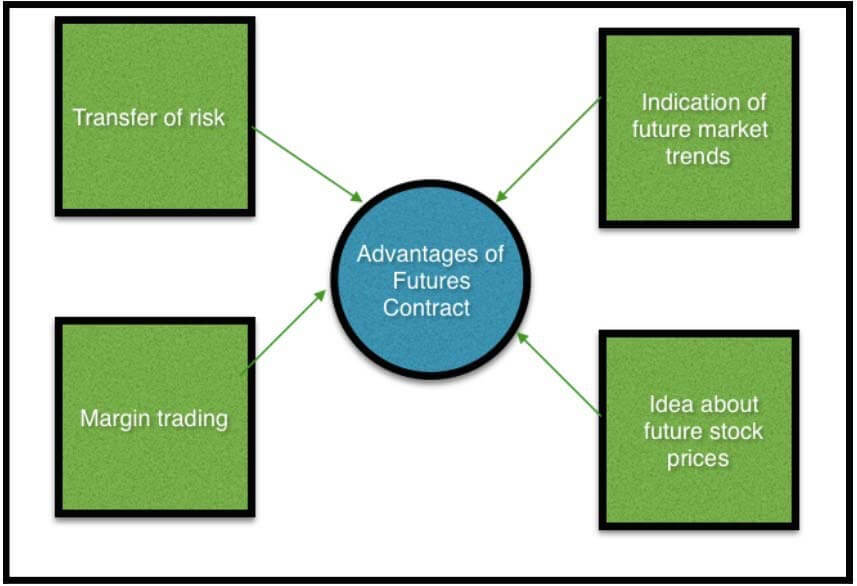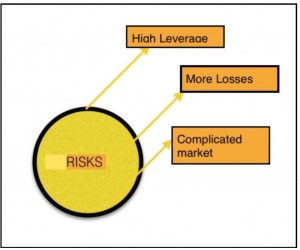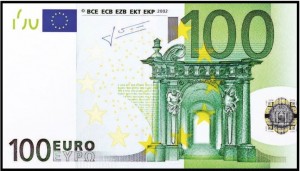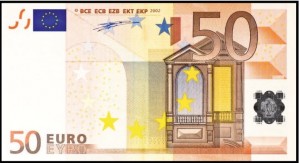Updated October 27, 2023
Introduction to Futures Trading Career
A futures trading career is not for everyone. It is available on different assets- stocks, indices, currency pairs, commodities, etc. But trading futures contracts is not everybody’s forte.
Does your future as an investor or trader in these markets hold a bright promise? Only if you are clear about the pitfalls and the hurdles before taking the leap. So, let us learn about the basics and what you must know before stepping into a futures trading career.
How to Futures Trading in Everyone
1. Futures Contract: Dealing in Shares or Index for Fixed Time in the Future
A futures trading career contract is when there is an agreement between a buyer and seller to transact a fixed number of shares or index at a certain time in the future for a price that is predetermined.
Futures trading career contracts can freely trade on exchanges as they are standardized in terms of contract size and expiration date. The two most commonly traded futures contracts are stock futures and index futures.
Stock Futures: Derivative contracts that authorize the purchase or sale of stocks at a fixed price by a specific date.
2. The Lot or Contract Size: Trading Beyond Single Shares
In derivatives markets, contracts cannot trade for a single share. Every stock futures trading career contract comprises a fixed lot of underlying shares. The size of the lot is based on the exchange on which trading is carried out and differs from stock to stock.
3. Duration of Futures Trading Career Contracts: As Easy as 1-2-3
The contract is an agreement for transacting in the future. Futures trading career contracts are available for durations of 1,2 and 3 months, known as the near, middle, and far months.
Once the contracts expire, a fresh contract is introduced for the 3 durations. The month the contract expires is referred to as the contract month.
Recommended courses
- Training on Equity Research4. Index Futures: Measuring Changes over Time
The stock index is used to measure changes in the prices of stocks over a period of time. Stocks of similar future trading companies are selected in terms of industry or size.
Popular indices such as CNX Nifty 50, S&P500, and many more show price movements on different exchanges or segments. Futures trading career contracts are available on these indices as well.
5. Futures Trading Career Contracts: Equal Measures of Risks and Rewards
Here are some of the benefits of trading in futures trading career contracts:
- Hedgers can shift risk to speculators
- Traders get an idea of what the futures trading prices of stock or value of an index have the potential to be
- Current future price determines future demand and supply of shares
- Margin trading allows small speculators to take big chances in the futures trading techniques market
But with the rewards come the associated risks, too, which are as follows:
- Excessive speculation due to high leverage could lead to mammoth losses
- Derivative products in futures trading techniques are more complicated than stocks or trading an index
6. The Pricing Model: Cost of carrying Versus Expectancy
Futures refer to derivative products whose value is based on the underlying asset’s price. Still, this pricing is not direct. 2 models are most commonly used for pricing futures trading career contracts:
Cost of carrying Model: This model holds that markets are perfectly efficient; therefore, there are no differences in cash and futures trading prices.
This model does not allow for arbitrage or when traders benefit from price differences in two/more markets.
Therefore, the price of a Futures trading career contract is equivalent to the Spot Price minus Net Costs in carrying assets till the maturity date.
Futures Price= Spot Price + (Carry Cost- Carry Return)
Carry is the cost of holding the asset until the futures trading career contract matures. Carry return is the income derived from the asset while holding it, like dividends, bonuses, etc.
Net Cost of Carry = Carry Cost- Carry Return
Keeping a position open in the cash market can mean losses or gains, and the price of futures trading career contracts forms the basis of these.
Expectancy Model: This states that the future price of an asset is the spot price expected in the future. So, market sentiment is the key to pricing futures trading career contracts according to this model.
This model holds no link between the present spot price of an asset and its futures trading prices. Trends mean everything in this model, where future prices are used to anticipate price fluctuation in the cash segment.
Image source: pixabay.com7. Basis: Difference between Spot Price and Futures Price
The difference between the futures trading prices and its spot price is the basis. If the asset’s futures basis is negative, the trading prices are higher than the spot price, and positive if the opposite is true.
- The basis of an asset is negative: Bull market
- The basis of the asset is positive: Bear market
The sale and purchase of a futures trading career contract are the same as transacting stock units from the cash market. The only difference is the delivery is not immediate. Regarding index futures trading techniques, you can trade the same way as in shares.
8. Buying a Futures Contract: Steps to Take in the Present
The future trading account is a prerequisite of stock market trading, whether in the derivative segment. You must also pay the entire value of shares purchased if the transaction is in the cash segment.
Upfront payment is referred to as margin money. This reduces the risk an exchange undertakes and helps maintain the integrity of a market. The margin money is handed over once a futures trading career contract is purchased.
Image source: pixabay.com9. Settling of Contract- Going Beyond Immediate Delivery
While trading in futures contracts, transactions do not involve the immediate delivery of assets. Settling of the contract happens only on the date that it expires. Traders can also settle before the contract’s expiry if they choose to do so.
10. Buying a Futures Contract: Steps to Take in the Present
A futures market requires individual investors to engage in 4 different kinds of margins, without which buying or selling is impossible.
- Initial margin- This is the percentage of the total value of the contract which has to be paid upfront
- Exposure margin- Set by the exchange to control market volatility and too much speculation
- Premium Margin- paid to contract sellers/writers
- Mark to Market Margin- Covers the difference between contract and closing costs.
The initial margin is the percentage of the open position and is set for different positions by clearing or exchange house. Factors influencing the amount of initial margin are the volatility of stock and interest cost.
Exchanges set the exposure margin to control volatility and excessive speculation, and they levy it on the value of the contract that one has to buy or sell.
Mark to Market Margin- This is the difference between the contract’s cost and its closing price on the day of the purchase of the contract. Following this, the margin covers daily differences in closing prices.
Premium Margin- This is the amount the seller provides for composing contracts. Mentioned on a per share basis, usually, this enables the buyer to pay the margin when one receives the same as a seller.
Margin payments enable traders to encash opportunities in the market by paying a small sum of cash instead of the complete value of the contracts.
11. Don’t Buck the Trend; Follow It
The hardest advice for a trader is to follow the trends. Traders are independent-minded individualists who do not follow the crowd or belong to the herd. Bucking the trend will not work; following it will.
(Image source: pixabay.com)12. Follow a System, Don’t Descend into Chaos
Be clear about your reasons for stepping into futures trading techniques to reach the milestones for success. Successful futures trading techniques are all about being crystal clear about possible market fluctuations in the coming time. Don’t expect to get far in the markets if you lack clarity.
13. Over-trading will Cause Underperformance.
Performance is everything when it comes to futures trading techniques. So, you must avoid over-trading and apply money management techniques for trading.
One should only acquire a position when one knows one’s profit goal and how to move out if things get tough.
Trade with trends rather than against them, and don’t trade multiple markets with little capital.
14. Volatility Can be Explosive
Trading volatile contracts is a double-edged sword. You can’t have it easy if you opt for the hard choices a volatile market forces you to make. Remember to compute the risk/reward ratio before opting for a trade and guard against the risk of holding on to it for too long.
15. There is No Place for Emotions in a Futures Trading Career
One important point is that you must establish trading plans before opening the market to eliminate any emotional loss of objectivity.
Be clear about entry and exit points as well as objectives. Act, don’t react if you want to make profits. Opt for a session change only when you have enough reason.
16. Follow a Plan, Think Ahead
Once a position has been set and stops are selected, don’t opt out till the stop is reached or the fundamental reason for taking a position changes. Use technical analysis to maintain discipline and don’t compromise on emotional objectivity.
17. Discipline is Essential
Have a detailed plan for each trade, which will not change unless hard data supports it. Disciplined money management involves intelligent trading allocation and risk management, and when you make a successful trade, don’t be carried away by the success of the winning move.
Remember that a futures trading career is like a game of chess..you can only survive if your next move is good enough.
18. Impulse Trading is Out
A disciplined trade selection system is essential. Being impulsive rather than objective can cost you more than a single trade. Trade with a plan rather than basing it on emotions. Plan how to take out profits, decide margin risk on the trade, and where to get out in the market.
19. Cut down on Your Losses
An important point to remember is that cutting your losses short will pave the way for letting your profits run. It’s not easy to admit a mistake, but the sooner you do, the less it will cost you in your future trading career.
If a position goes against you, it’s time to get out fast. Use stop loss, or you will lose out on your gains.
20. Have a Sound Trading Plan
This involves a clear understanding of entry and exit points, price objectives, risk-reward ratios, stops, data about historical price levels, seasonal influences, chart analysis, prices of related markets, and government reports. Suppose you leave out the fine print. Don’t expect to make profits.
(Image source: pixabay.com)21. Don’t Overstay a Bull Market
If you stay long enough, bull markets can turn bearish quite fast. Staying too long in a good market will inevitably lead to waiting too long in a bad one. Have the ability to cut down on losing positions quickly. A futures trading career that gives profits is all about knowing when to pull in the kite and when to let it fly.
22. Accept Losses, Adjust to Gains
Another important point is to accept your losses and adjust to the profits. Learn to trade from the short side and watch for divergences in associated markets. Standing aside is as important as stepping in. In the markets, patience is a virtue.
23. Don’t Add to a Losing Position
If you think balancing out losses by investing more is the way to go, there is only one direction in which you will move downwards! So, watch out for this and make sure you don’t pick the losing side because that is how a futures trading career can have very bad repercussions with the passage of time.
Conclusion
Adding to profits, cutting down on losses, staying rational, and not losing emotional balance… are all essential elements of successful futures trading techniques.
To be excellent in your future trading career, you must grow the capacity for forward thinking and perceiving market fluctuations before they rise. Staying ahead in the game is all about anticipating the next move.
Recommended Articles
Here are some articles that will help you get more details about the Futures Trading Career, so just go through the link.

